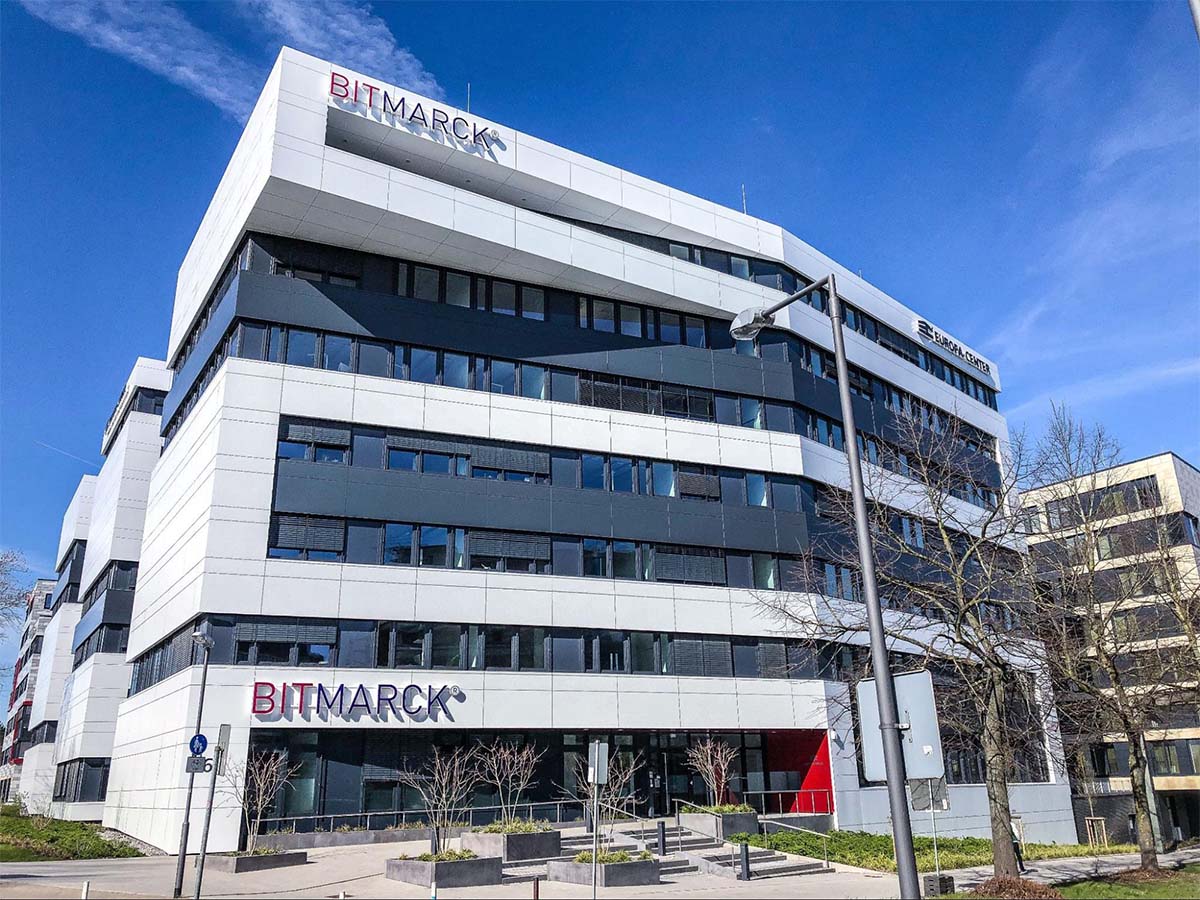Reduces time to search log files
With Elastic, BITMARCK employees spend less time searching for log files and can focus on more strategic business activities.
Streamlines compliance with data privacy regulation
With Elastic, BITMARCK can limit data access to authorized individuals in line with GDPR.
Opens the door to innovative search and AI features
With the latest version of Elastic, BITMARCK has access to advanced vector search, natural language processing, and generative AI features.

Healthcare insurance around the world is undergoing massive digital transformation and Germany is no exception. BITMARCK is at the heart of this revolution enabling government health insurance companies to deliver superior customer experiences while boosting efficiency and reducing costs. Some 80% of German statutory health insurers are BITMARCK customers and many use its software for activities from the centralization of customer information to task automation such as claims processing and calculating premiums.
In recent years, the business has also transformed its customer relationship strategy. Previously the business focused on its primary clients—healthcare insurers and some 30,000 employees in these organizations. Now it is equally committed to the 25 million insured people who are the ultimate beneficiaries of its software.
Ferry Groot, Senior Expert Systems Management, BITMARCK, says, "We're increasing our efforts to provide citizens with modern online services that include both insurance and personalized healthcare information."
In pursuit of this goal, the business is developing a health portal, called GeCo which adds personalized healthcare information alongside the end-user's insurance details on their smartphone app. This includes medication management, vaccination records, health check-ups, and pregnancy information.
A single view of data
BITMARCK initially deployed an open source version of Elastic, on one server. Here the objective was to centralize all the log files for its main customer management application in one place, analyze them and visualize log behavior. "Before Elastic, every silo had its own log files that made it complicated, and sometimes impossible, to get a single view of our systems," says Groot.
Over the years, Groot and his team widened the use of Elastic to ingest and analyze logs written in many applications, hardware, and network components. This includes Microsoft Windows and Linux operating systems, and the recent deployment of BITMARCK's containerized environment.
The first objective was to centralize all the information in one place, so BITMARCK had better visibility of log files. The second was to reduce the mean time to repair. "With all the information in one place, we can search faster and get to the bottom of an error, before it impacts our business or our customers," says Groot.
The next step was to purchase a licensed version of Elastic to take advantage of security features that comply with European General Data Protection Regulation (GDPR) rules. "With Elastic we can now fully limit data access to authorized individuals in line with GDPR," says Groot.
BITMARCK currently runs Elastic on premises taking advantage of Elastic Cloud Enterprise (ECE). This enables the business to retain full control over server data, while benefiting from the cost savings of a managed service. "After migrating to ECE, we can update a cluster in a few mouse clicks. That makes a huge difference to our efficiency," says Groot.

Founded in 1994 as a working group for information systems in statutory health insurance, BITMARCK employs around 1,800 people across Germany.
Monitoring the health of critical systems
Groot highlights the patient files environment as a key area where Elastic Observability benefits the business. This is a complex system with many components, but BITMARCK can now store all log data in one place. The team running the application can create Kibana dashboards and measure critical performance metrics such as the speed of operation. They can also track the number of logged on users, how they use the software, response times, and overall capacity.
More and more BITMARCK teams are aware of the potential benefits of Elastic for their own systems and applications. "We are helping a growing number of groups to add their logs to the system and build dashboards," says Groot. "Elastic has really raised the profile of our team across the business."
"The journey with Elastic has been hugely positive to this point."
Driving digital transformation
The deployment of Elastic also supports BITMARCK's ambition to build software that insurers can use to deliver a better customer experience. Groot says, "This is a demanding audience whose expectations are shaped by the latest commercial smartphone and online applications. If they aren't satisfied with their insurer, they may take their business elsewhere."
Elastic enables BITMARCK to rise to the challenge by building a modern digital environment that helps insurance organizations to retain and grow their audience and strengthen the insurer's long-term partnership with BITMARCK.
Above all, Elastic is helping BITMARCK to better manage resources and boost efficiency in a competitive marketplace. "If we didn't have Elastic Observability, our teams would spend a lot more time searching log files manually," says Groot. "Now that we have log data in one place, we can redirect resources to more business-focused activities."
"After migrating to ECE, we can update a cluster in a few mouse clicks. That makes a huge difference to our efficiency."
Exploring the potential of generative AI
Having forged a long-term partnership with Elastic, Groot is looking forward to future releases, including artificial intelligence and machine learning tools. "By updating to the latest version of Elastic, we hope to take advantage of vector search capabilities, machine learning based anomaly detection, native support for modern natural language processing models, increasingly simplified data onboarding, and a streamlined security experience." He is also keen to explore the potential of Elasticsearch Relevance Engine (ESRE) to enhance generative AI responses via the Elastic AI Assistant.
"The journey with Elastic has been hugely positive to this point," says Groot. "We're excited to add even more features that help our colleagues gain valuable insights and deliver even better solutions and customer experiences to the German health insurance marketplace."
Explore further
- Success story: Porsche Informatik increases performance for end-customer-relevant applications with Elastic
- Use Elastic Generative AI with large language models (LLMs) to create powerful, new applications for your customers and employees.
- Explore Elastic Observability for yourself, with a free, no obligation 14-day trial
